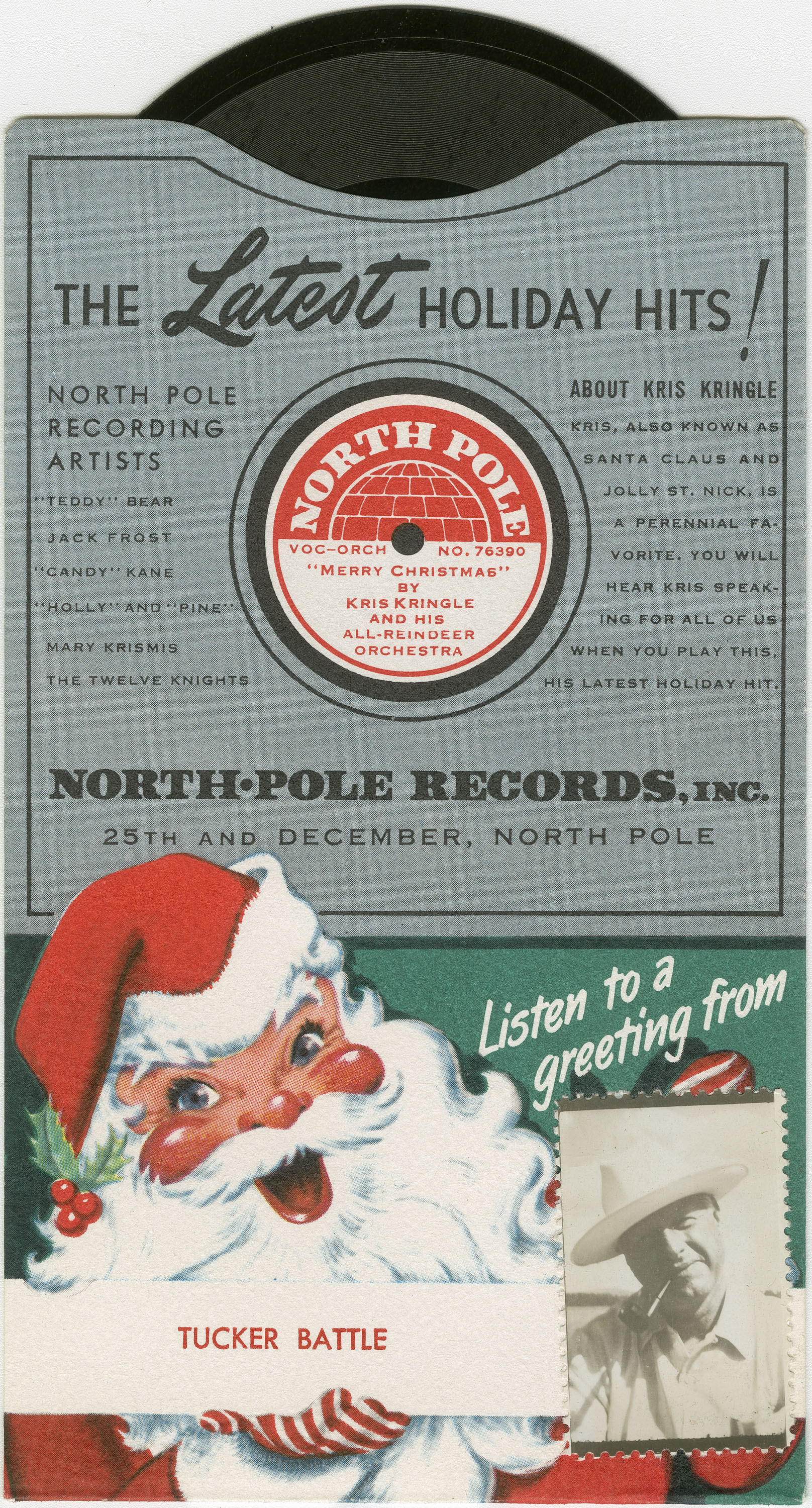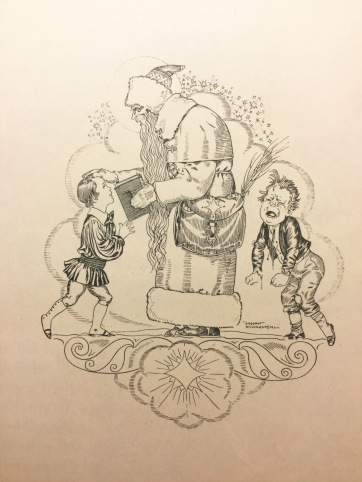“What manner of man is U Thant?” Alistair Cooke, the noted BBC journalist, asks in this unusually candid and thoughtful 1962 interview with the United Nations Secretary General. Instead of peppering him with the usual political questions of the day and receiving the usual diplomatic non-responses, Cooke starts by asking about U Thant’s childhood. Nonplussed at first, he then good-naturedly enters into the spirit of the talk, reminiscing about his youth in a rice-producing region of Burma, his early careers in teaching and journalism, before an eventual entry into politics encouraged by his friend the future Prime Minister U Nu.
Alistair Cooke, 1974
( Trikosko, Marion S/Library of Congress)
When Cooke does finally broach some of the pressing questions of the day, U Thant’s answers are low key and sensible. In response to the accusation that with all the new (and poor) nations gaining entry to the UN, a majority resolution can be passed in the General Assembly with only seven percent of the paid dues represented, he points out “Your Mr. Rockefeller only gets one vote, the same as the elevator man who may pay only five dollars in tax.” When people complain about the UN overspending he reminds Cooke that peace-keeping missions (which are supported by a separate assessment, often not paid) account for the current deficit. Otherwise the organization works within its budget.
The conversation becomes more interesting when U Thant contrasts the West’s “stress on development of the intellect” with the East’s “stress on the moral and spiritual development of man.” He argues that there should be “a healthy compromise” of these two outlooks on life, leading to a “better psychological climate.” Bertrand Russell and Freud are discussed. It’s (sadly) not the kind of talk one would expect from today’s type of world leader. Yet the problems of 1962 seem no different. “I think mental qualities like bitterness, intolerance, and hysteria have been rampant all over the world,” the Secretary General observes.
U Thant (1909-1974) was the first non-Western diplomat to hold the post of UN Secretary General. He ascended to the position after the untimely death of his predecessor Dag Hammarskjöld and served from 1962 until 1971. At first U Thant had to overcome suspicion from both camps (the West and the Soviet Bloc) that he favored one side over the other. But in his first term he proved to be adept at playing the peacemaker. As the website History in Pieces reports:
Respected for his tough neutralism, and marveled for a poker face that the wife of a leading diplomat likened to an “inscrutable Buddha,” and known for a fondness for smoking cheroot and imbibing daiquiris, Thant had played a crucial role in the settlement of the Cuban Missile Crisis and had long been involved in the increasingly deep involvement of the United Nations in the Congo.
During his second term, the problems he faced as well as the administrations he dealt with proved less tractable. Indeed, listening to the earnest, detached, moderate sentiments the devout Buddhist expresses in this interview, it is hard to imagine him dealing with the raging conflicts and egos that dominated the international scene in the second half of the decade. Biography On Line notes:
In his last period of tenure, the UN had to face a succession of conflicts, such as the Six Day War between Arab countries and Israel, the Soviet invasion of Czechoslovakia, and the Indo-Pakistan war of 1971. The late 1960s also saw an escalation of the Vietnam War. U Thant’s criticism of US involvement led to a deterioration in relations with the Johnson administration, making his period more difficult. U Thant attempted to create direct peace talks between Washington and Hanoi, but these were rejected by the US. He was criticized by the US and Israel during the Six Day war, despite making a last minute flight to Egypt to try and dissuade Nasser from going to war with Israel.
Preceded by the more dynamic Hammarskjöld, who (some argued) died a martyr’s death, and succeeded by Kurt Waldheim, who lied about his connection to wartime massacres and deportations, U Thant seems to be the “forgotten” Secretary General. He comes across in this talk as a genuinely decent and likeable character. One senses this in his New York Times obituary, which notes how:
…in time Mr. Thant proved himself less autocratic than Mr. Hammerskold, he emerged as a quiet, patient negotiator of considerable suavity and composure. …he showed unfailing courtesy to his subordinates and to newspapermen.
Alistair Cooke (1908-2004) was a familiar presence to both American and English audiences for many years. Harold Evans, writing for the Reuters Blog, recalls how:
…Alistair Cooke was the epitome of the civilized man. His English voice, redolent with informed nonchalance, enchanted millions who heard his Letter from America over BBC radio. His observations of American life were cool, witty, empathetic and insightful. He typed them up wherever he was in America, and for 58 years, until he was 95, unfailingly read his words into a microphone in such a beguiling manner it was as if you and he had just struck up a friendly conversation.
These are the very qualities that raise this encounter above the usual cliché-ridden interview.
Audio courtesy of the NYC Municipal Archives WNYC Collection.
WNYC archives id: 150269Municipal archives id: T9453



 Details of Jacobsthal’s photographs
Details of Jacobsthal’s photographs



 We are excited to announce our most recently processed collection, the
We are excited to announce our most recently processed collection, the  There are several other auxiliary groups at FSU that have served the LGBTQ+ population. In 1984, Gay/Lesbian Support Services formed to continue and expand upon the goals and services of the preceding organizations. In the 1990s, a specialist in student counseling continued the mission of GPV by founding Gay and Lesbian Allies (GALA), which was later absorbed by Tallahassee LGBTQ+ community center, Family Tree. Safe Zone-Tallahassee was founded in 1997 as a response to FSU administration to fund an LGBTQ+ committee or office space. In 2012, Safe Zone was revamped into Seminole Allies & Safe Zones, and provides workshops to students, faculty, and staff.
There are several other auxiliary groups at FSU that have served the LGBTQ+ population. In 1984, Gay/Lesbian Support Services formed to continue and expand upon the goals and services of the preceding organizations. In the 1990s, a specialist in student counseling continued the mission of GPV by founding Gay and Lesbian Allies (GALA), which was later absorbed by Tallahassee LGBTQ+ community center, Family Tree. Safe Zone-Tallahassee was founded in 1997 as a response to FSU administration to fund an LGBTQ+ committee or office space. In 2012, Safe Zone was revamped into Seminole Allies & Safe Zones, and provides workshops to students, faculty, and staff.


































 Kenneth Brown’s daughter Edith turned 15 in 1876 and a “Miss Brown” is recorded in the Occurrence Book as visiting with Kenneth’s mother “Mrs Brown” on 6 March. On 1 April it states “visited by Miss E Brown (private) Sheriff’s order”, so she visited alone. Again she is listed as visiting with “Master C Brown” on 15 May. On several other occasions relatives and friends are recorded as visiting with “2 children”. The day before Kenneth Brown is executed, “Mr M Brown and 4 children” visit the condemned cell at 4.15pm. Kenneth Brown had four surviving children with his first wife Mary Eliza Dircksey nee Wittenoom (a daughter of WA’s first colonial chaplain Rev. J.B. Wittenoom). It was a busy afternoon as Mr Parker had visited at 3.20pm, and the Dean visited at 5.10pm. Maitland Brown visited again at 8pm followed by the Dean again at 8.15pm. This flurry of activity conveys the sense of an impending event. We can only imagine what these visits were like.
Kenneth Brown’s daughter Edith turned 15 in 1876 and a “Miss Brown” is recorded in the Occurrence Book as visiting with Kenneth’s mother “Mrs Brown” on 6 March. On 1 April it states “visited by Miss E Brown (private) Sheriff’s order”, so she visited alone. Again she is listed as visiting with “Master C Brown” on 15 May. On several other occasions relatives and friends are recorded as visiting with “2 children”. The day before Kenneth Brown is executed, “Mr M Brown and 4 children” visit the condemned cell at 4.15pm. Kenneth Brown had four surviving children with his first wife Mary Eliza Dircksey nee Wittenoom (a daughter of WA’s first colonial chaplain Rev. J.B. Wittenoom). It was a busy afternoon as Mr Parker had visited at 3.20pm, and the Dean visited at 5.10pm. Maitland Brown visited again at 8pm followed by the Dean again at 8.15pm. This flurry of activity conveys the sense of an impending event. We can only imagine what these visits were like.





















